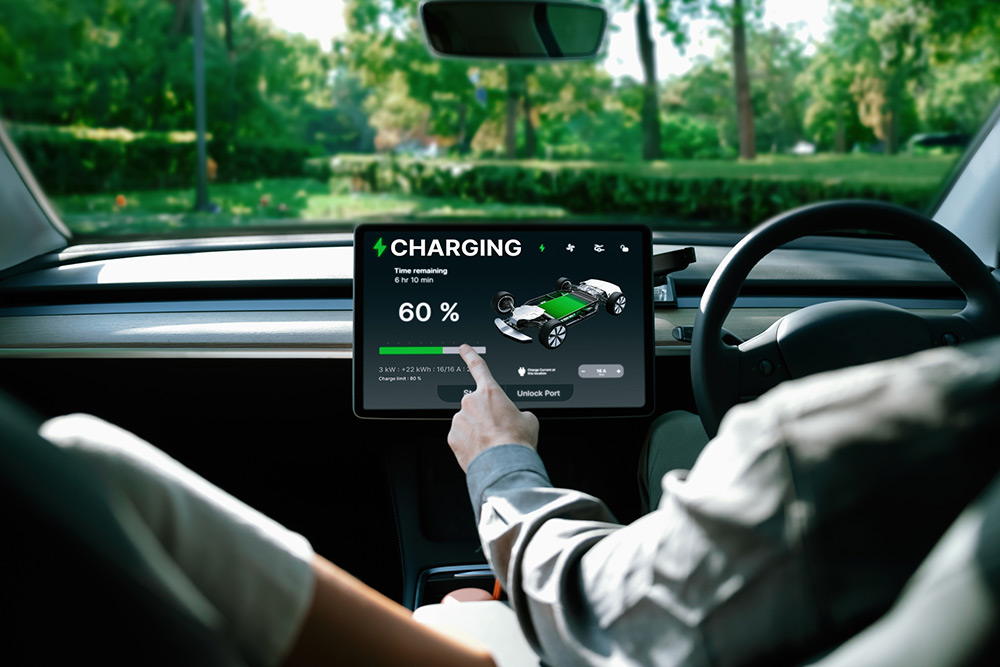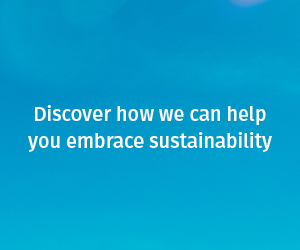UQ researchers prioritise five key EV initiatives
The University of Queensland (UQ) researchers have outlined five key steps needed to speed up Australia’s transition to electric vehicles (EVs).

The Federal Government recently passed the New Vehicle Efficiency Standard (NVES) requiring car makers to reduce carbon emissions for new vehicles from January 2025.
UQ’ s Dr Kai Li Lim, Dr Dia Adhikari Smith and Associate Professor Archie Chapman said the legislation was an important step toward sustainable transport, incentivising car manufacturers to export their most fuel-efficient vehicles to Australia.
The researchers said announcements in the recent Federal Budget – including the NVES, investment in integrating EVs with the grid and local battery manufacturing – provided hope for accelerating Australia's transition to an EV future.
“We can also expect an influx of EVs into the country thanks in part to policies overseas, so it’s imperative Australia and our infrastructure is ready,” Dr Lim said.
“The transition to EVs will require both strategic investment and careful thinking, as charging technology and charging behaviour continue to evolve.”
The researchers said five further measures would put Australia on the road to an EV future.
1. Improve charging infrastructure
“We advocate for the continued implementation of the National EV Strategy, focusing on EV charging infrastructure to ensure comprehensive coverage across urban, regional and remote areas,” Dr Adhikari Smith said.
“This includes accelerating the building of heavy EV charging infrastructure like fast-charging stations for trucks and buses.”
Dr Lim said public charging infrastructure for passenger EVs needs to be more reliable and built with longevity in mind.
“Chargers also need to be as accessible as possible, including retrofitting existing commercial and residential buildings.”
2. Enable EVs to supply energy back to the grid
“EVs can act as mobile energy storage units, giving owners the opportunity to monetise their vehicles through demand response programs,” Dr Chapman said.
“Light and heavy EVs should be enabled and encouraged to supply energy back to the grid, lowering energy costs for consumers and reducing greenhouse gas emissions.”
3. Create local supply chains for EV batteries and parts
“Establishing local battery and part manufacturing and recycling would leverage Australia’s mineral resources,” Dr Adhikari Smith said.
“Local supply chains, including for imports, would stimulate the electrification of commercial vehicles and heavy machineries.”
4. Upskill an EV sector workforce
“There will be high demand for a workforce in all parts of the EV sector, including maintaining vehicles and chargers, building chargers and charging sites and developing software,” Dr Lim said.
“This will require setting up specialised courses to satisfy skill demands and presents opportunity for Australia in the automotive value chain.
“Workers in the internal combustion engine vehicle sector should be supported with transition programs and ideally be provided with pathways toward EV manufacturing and services.”
5. Replace fuel excise revenue
“A fair road user charge for EVs will eventually be needed to replace the loss of fuel excise revenue in Australia, and to continue recouping road costs equitably,” Dr Lim said.
“This could be a phased approach, with no road charges for EVs initially to encourage adoption before a user pays system is introduced, based on the distance driven.”
The recommendations formed part of a submission by UQ researchers in response to an inquiry into the transition to EVs by the Federal Parliament House Standing Committee on Climate Change, Energy, Environment and Water in early 2024.
Related topics
Things to note
The information in this article has been prepared for general information purposes only and is not intended as legal advice or specific advice to any particular person. Any advice contained in the document is general advice, not intended as legal advice or professional advice and does not take into account any person’s particular circumstances. Before acting on anything based on this advice you should consider its appropriateness to you, having regard to your objectives and needs.
Insurance Products (excluding Travel Insurance) are issued by RACQ Insurance Limited ABN 50 009 704 152 (RACQI) and arranged by its agent, RACQ Distribution Services Pty Ltd (RDS) ABN 35 116 361 650, AFSL 567130 and RDS' authorised representatives (including RACQ Operations Pty Ltd ABN 80 009 663 414, AR No. 234978 (RACQO). Conditions, limits and exclusions apply. RDS and RACQO are in the RACQ group of companies. One of the companies in the RACQ group of companies has a minority shareholding in RACQI.
RDS and RACQO have not taken your personal objectives, circumstances or needs into account when preparing advice regarding insurance products and you will need to consider whether the advice is appropriate for you. Read the Product Disclosure Statement (PDS) and any applicable Supplementary PDS before making a purchase decision on this product. You can also access our Target Market Determinations on this website. RDS receives a commission from RACQI for the policies it arranges. RACQO receives fees paid for services it provides to RDS. Further details about remuneration are available on request prior to purchasing.
Banking and loan products issued by Members Banking Group Limited ABN 83 087 651 054 AFSL/Australian credit licence 241195 trading as RACQ Bank. Terms, conditions, fees, charges and lending policies apply. This is general advice only and may not be right for you. This information does not take your personal objectives, circumstances or needs into account. Read the disclosure documents for your selected product or service, including the Financial Services Guide and the Terms and Conditions, and consider if appropriate for you before deciding.
Except for RACQ Bank, any RACQ entity referred to on this page is not an authorised deposit-taking institution for the purposes of the Banking Act 1959 (Cth). That entity’s obligations do not represent deposits or other liabilities of RACQ Bank. RACQ Bank does not guarantee or otherwise provide assurance in respect of the obligations of that entity, unless noted otherwise.
RACQ Bank subscribes to the Customer Owned Banking Code of Practice which establishes higher standards than the law requires. The Code reflects modern consumer expectations and developments in approaches to issues such as consumer vulnerability, guarantors, and supporting customers through financial hardship. Please read our Customer Owned Banking Code of Practice page for more information.
RACQ Operations Pty Ltd (ABN 80 009 663 414 AR 000234978) and Members Travel Group Pty Ltd (ABN 45 144 538 803 AR 000432492) are acting as an Authorised Representative of the issuer of the insurance, Tokio Marine & Nichido Fire Insurance Co., Ltd. (ABN 80 000 438 291 AFSL 246 548). Any advice set out above is general in nature only, and does not take into account your objectives, financial situation or needs. Before purchasing any travel products, please consider the RACQ Travel Insurance Product Disclosure Statement (PDS) and the Target Market Determinations (TMDs) that apply to these products. Whilst the PDS outlines the Terms and Conditions of these products, the TMDs outline the intended class of customers that comprise the target market for these travel products. This will allow you to consider which products best suit your objectives, financial situation and needs and consider the products appropriateness to your personal circumstances. TMDs also outline matters involving the distribution and the review of these products. The PDS, Supplementary PDS and TMDs for each travel product can be found here.

